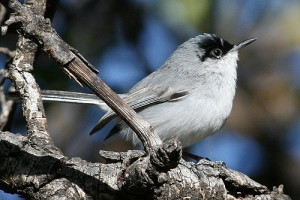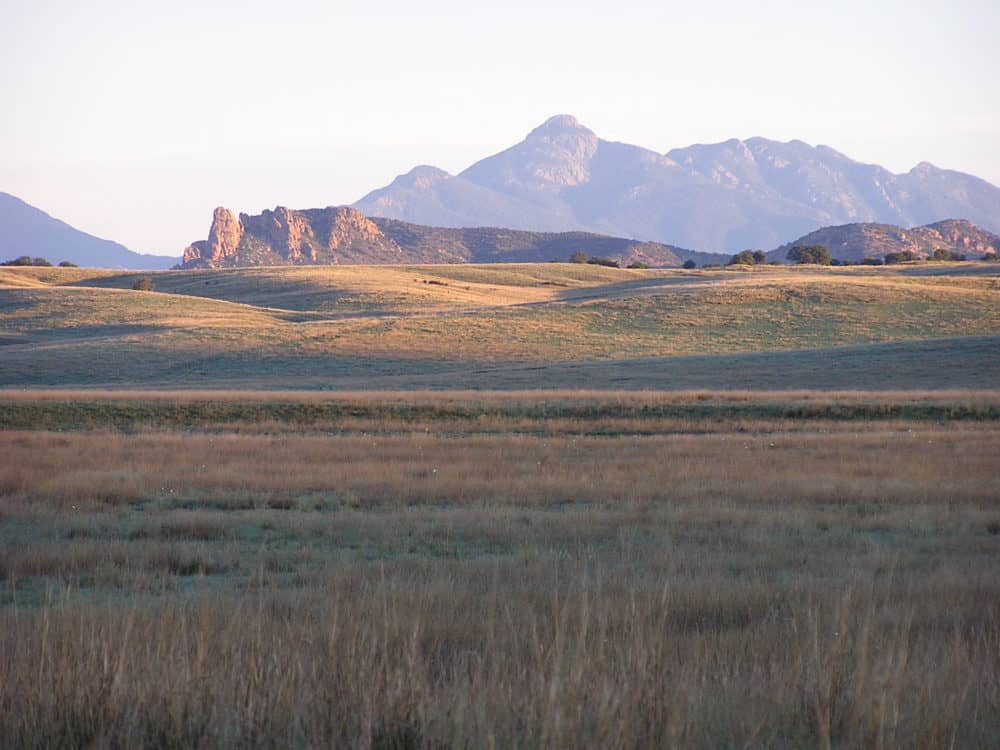In the June 1973 issue of American Birds, Roland Clement, then the Vice President for Biology at the National Audubon Society, put out an urgent call to ornithologists to study and report back on bird habitats in the arid West. At the time, little was known about these habitats, which were facing increasing pressure from water extraction and other economically-driven schemes.
“If field ornithologists, for a few seasons, would report on the vegetation and habitats migrating birds use – for food, roosting, etc. – this could provide important contributions to the defense of this habitat against economically-driven interests,” he wrote after a meeting with Bureau of Land Management wildlife managers who were in desperate need of information on aridland habitats.
Clement’s call did not go unanswered. Since that article was published, ornithologists have been working hard to monitor and conserve these important bird habitats. While much progress has been made, arid regions in the West are still among some of the most threatened ecosystems in North America.
According to the 2016 State of North America’s Birds report, many bird species in aridland habitats are declining steeply, including migratory shorebirds and other species that travel from the Great Plains to Mexico’s Chihuahuan grasslands. These species have lost, on average, almost 70% of their continental populations since 1970.

Of the 64 aridland species included in the report, 28% are of high conservation concern and are at risk of extinction without significant action. Some of the birds on the Watch List that can be found in the SJV region include: Allen’s hummingbird, Bendire’s Thrasher, Black-capped Gnatcatcher, Black-capped Vireo, Black-chinned Sparrow, California Condor, and California Thrasher.
Ornithologists in the SJV region are also heeding Clement’s call. For the past several years, the SJV has worked cooperatively with the Bureau of Land Management and other partners on coordinated bird monitoring within aridland habitats in Arizona through the Arizona Coordinated Bird Monitoring Program. The program is a statewide all-bird monitoring effort that touches nearly every habitat type in Arizona, including arid grasslands, deserts, and scrub. This spring and summer the Program will monitor breeding birds in central and southeastern Arizona grasslands, with the goal of better understanding the status of several species of concern, including Eastern Meadowlark, Grasshopper Sparrow, and Scaled Quail. This monitoring effort, collaboratively funded by the SJV, the Bureau of Land Management, and Arizona Game and Fish, is generating valuable information needed to more effectively manage and conserve bird populations across the region.
Thanks to efforts like the Arizona Coordinated Bird Monitoring Program, the collective knowledge and understanding of aridland habitats in the West has grown exponentially since Robert Clement issued his urgent plea. SJV is committed to continue to expand this field of knowledge now and into the future.
Acknowledgements
Thanks to Dave Mehlman for alerting us to the 1973 article and to Edwin Juarez for contributing to this story.

